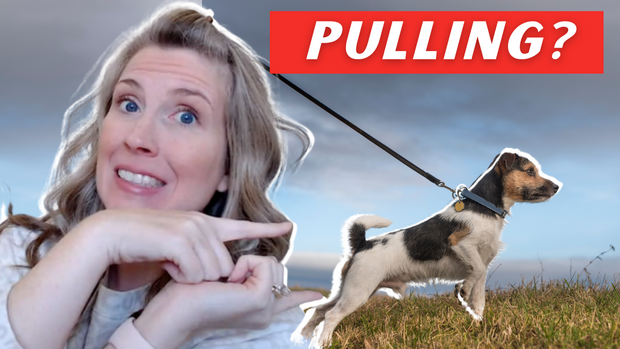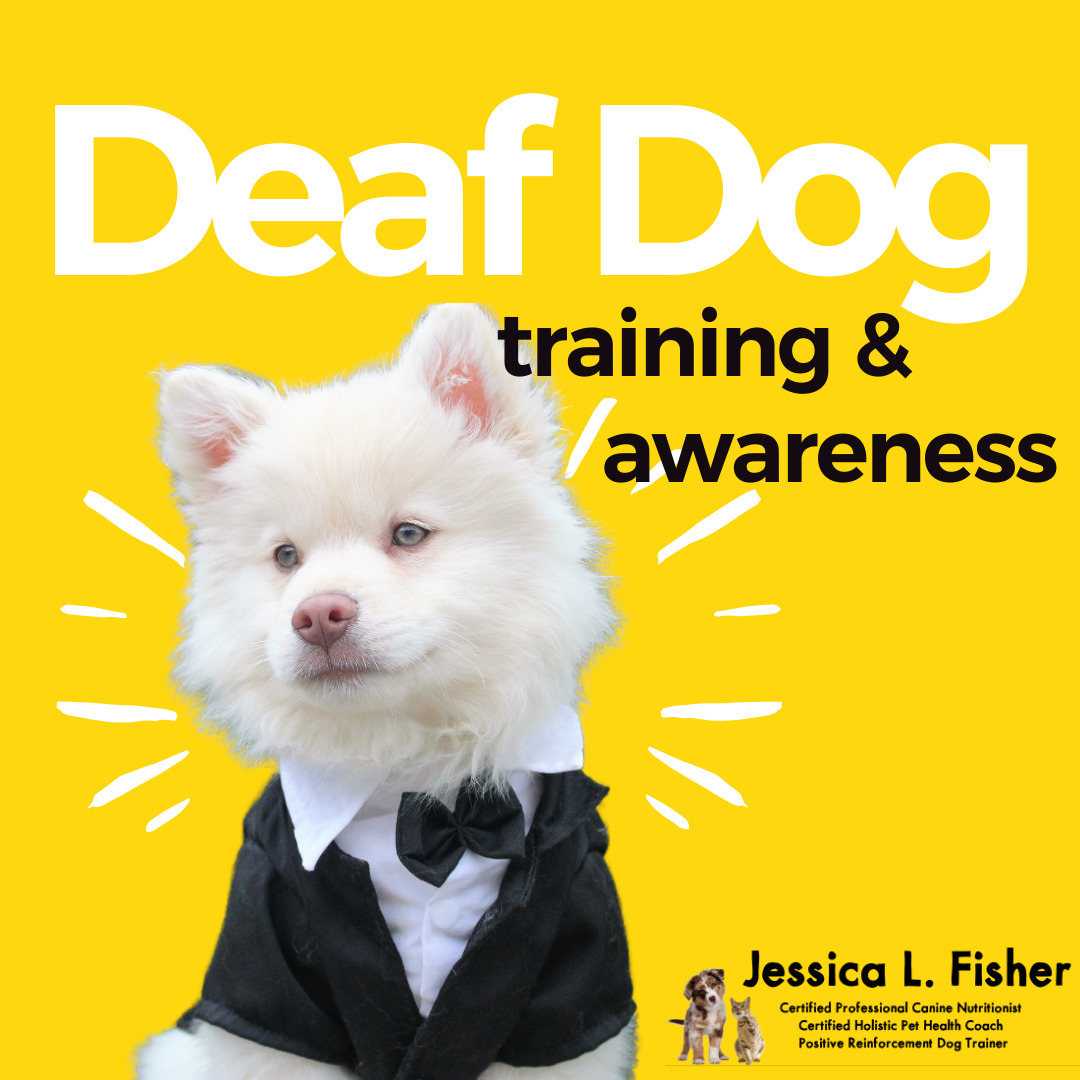It is a common misconception that dogs pull on the leash because they want to be “pack leaders,” “alpha dogs,” or generally dominant over their person. I honestly can hardly wait for the day when we all look back and cringe at every instance this type of rhetoric was spread. The truth is so much simpler than that and also much less sinister.
Dogs love being outside. Dogs love nature and all the sights and smell it has to offer. Walks are incredibly enriching and often the only glimpse outside of your house’s four walls that they get. Also, dogs naturally walk much faster than we do. There’s no conspiracy here, they live in the moment and are excited by the world around them. We walk so incredibly slow that to them we’re sloth-like!
Excitement plus a naturally fast walker equals leash pulling. Let’s also throw in that leashes, collars, and harnesses are also unnatural and it’s a combo bound for chaos … that is, if left untrained.
So, what can we do about it? How can we help our dogs understand that we need them to walk slower and not pull us down the road? As with everything in life and dog training, it’s simple but not easy. The concepts are easy, but putting them into practice takes time and patience on your part.
It all starts at home and with learning how to check in with you. You need to make yourself the most valuable thing in your dogs’ environment. Training eye contact and check-ins, rewarding voluntary eye contact and check-ins, and playing games to teach your dog that learning and engaging with you is super fun are all fundamentals and one of the first things I teach every single one of my clients, regardless of the reason they hire me.
As with any training, we start at home with minimal distractions. We move around inside of the house and slowly increase difficulty. When we feel good and your dog is responding near 100%, we can move to a fenced-in yard, or if no fence, we can use a long line to move the training outside. Once we can again reach near 100% reliability, we can move to other places and start over. Move as slow as your dog needs in each area and with each new distraction or added distance from you. Always be safe and keep your dog on a leash outside of your home.
Once you feel that your dog is learning check-ins in your home, you can also add in the harness and then the leash, also in your home. Work on keeping your dog at your side in a heel position. Reward generously as your dog is trying to understand what it is you want them to do. You can combine this shaping training with lure training to get and keep your dog in the appropriate position. Take baby steps, encourage your dog to take those baby steps with you, and position back into a heel by your side. Reward!
Do this regularly, in different rooms of your home, inside, outside, at the park, lots of different places as your dog progresses. Use this same training on walks as your dog has gotten good inside the home.
One other tip, while you are working on training, is to not stop taking walk, but also don’t expect your dog to put everything all together at one time. Enjoy walks and don’t expect too much too soon. If your dog is pulling a lot and you need something to work with in the interim, walking in different directions (safely, of course) can help. When your dog is pulling trying to get something and you move in another direction, your dog begins to learn that pulling you doesn’t get them there. This alone is not the answer, but one piece to the puzzle if you find walks to be too rough. Some may not need it at all.
Like I said, simple not easy. But oh so worth it! One more tip: you noticed that I said harness and no collar. While I never recommend attaching a leash to a collar, it is especially important for dogs that pull due to an increased chance of injury. I also love harnesses with a front attachment for pullers because when your dog pulls, the leash attachment naturally turns your dog around to you instead of ahead to whatever they are pulling towards. For really strong dogs, using a leash with two attachments on both the front and back of the harness provides additional control.
You can find my harness recommendation on my Amazon page: https://www.amazon.com/shop/myfurryfamily
What NOT To Do
Never ever yank on the leash. Corrections like this do not teach your dog and they break the bond you two share. You each need to be able to trust. Corrections do not breed trust, but teaching the correct way to walk does.
So, next time you go for a walk, think about how you are communicating with your dog. If you feel like they aren’t listening to you, then ask yourself how you can change your communication method to help them understand you better.




